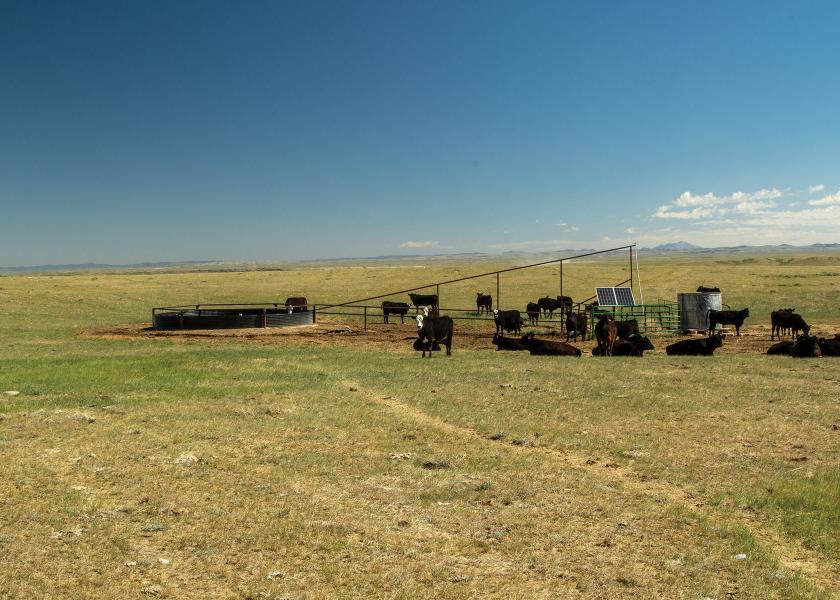Plan Now to Make It Through the Winter: Part I

Worries about drought and how we are going to make it through the winter with limited or no stored forage has monopolized most of our thoughts, energy, and time. There are some critical steps that need to be made in order for us to make it.
Our first priority is to reduce the stocking rate on the ranch to a level that can be sustained through the rest of the summer and into the fall.
- If you are one of the operations that keeps or purchases stocker calves to utilize extra grass, this may be the time to sell calves early or send calves to a grow yard or feedlot. Using stocker calves as part of the “normal” stocking rate of the ranch allows for producers to be flexible for drought and other adverse weather events. Many operations use 30 to 50% of their summer forage for stockers in normal years, when forage production is limited these calves can be marketed reducing the culling of the cowherd that may need to occur.
- Selling replacement heifers should also be considered, these females will not provide a marketable calf for over a year. In this current circumstance, these cattle may be too large of a drain of resources.
- Cull cowherd to a number that you can afford to winter by getting rid of old cow, less productive cows and/or cows that have higher nutrient requirements. Cows that are expected to calve in the fall will require more nutrients to keep them in proper condition, and a higher level of nutrition equates to higher cost of winter feeding. The number of cows remaining may be the actual sustainable long-term carrying capacity for your operation.
- Cross-fence your farm now before you have to start feeding hay. You will be surprised how much forage growth you will have if you allow pastures to rest. Once you have the farm subdivided you can utilize these pastures in a rotational grazing system in the future and may have the additional benefit of increased pasture health and improved harvest efficiency. Keep cows on a smaller area of your farm while you are feeding hay, this sacrifice paddock will allow much of the ranch a rest and concentrate the nutrients from hay feeding.
These steps may not be palatable, because we may have to change the way we do things, it may take more work than what we want to put in, or it may cost more than we want to spend. Our overarching goal should be to have an intact cattle operation when we get through this dry spell.
A Rancher’s Thursday Lunchtime Webinar recently covered forage management and feeding alternatives for getting through a drought. https://www.youtube.com/watch?v=1cjLc8jpn2A







